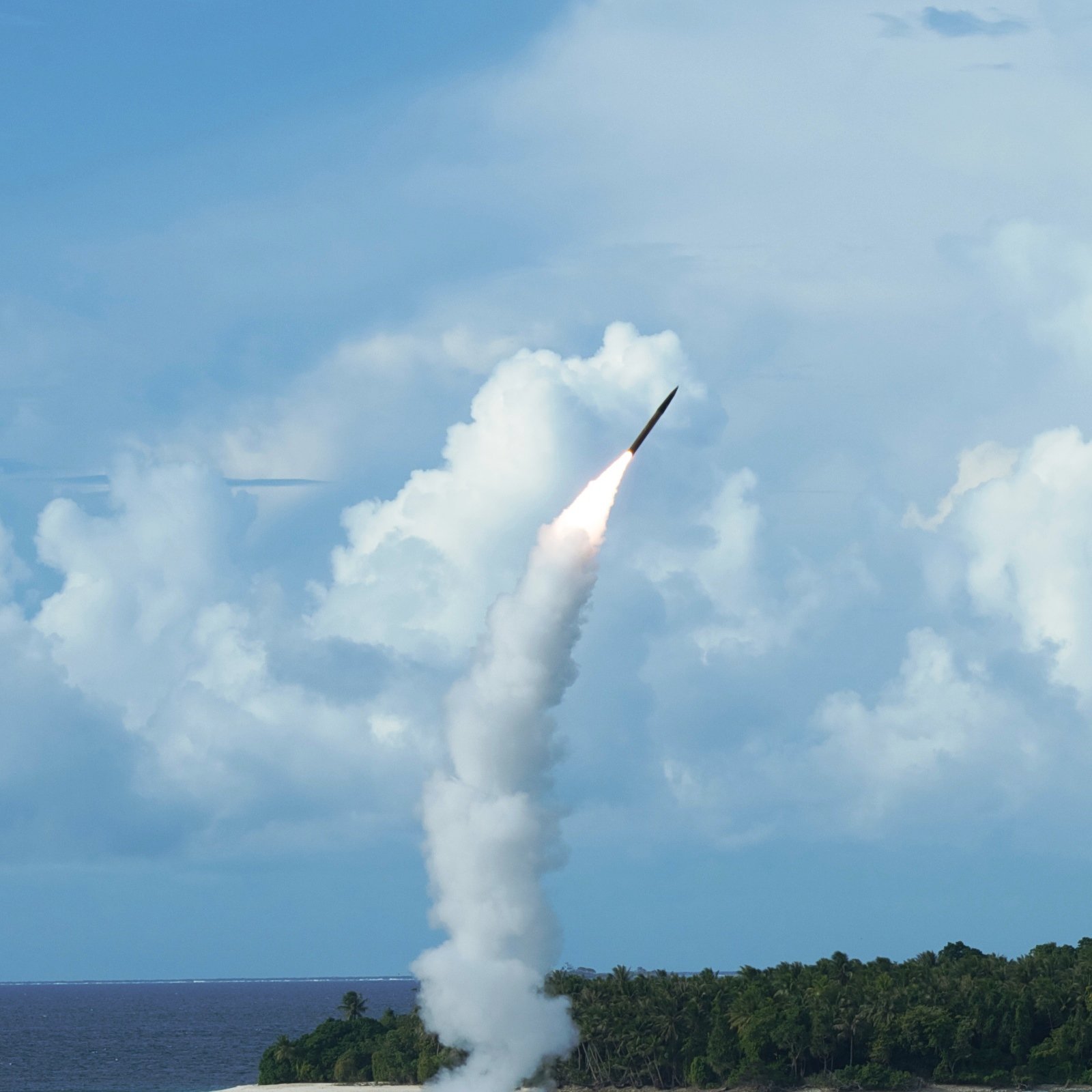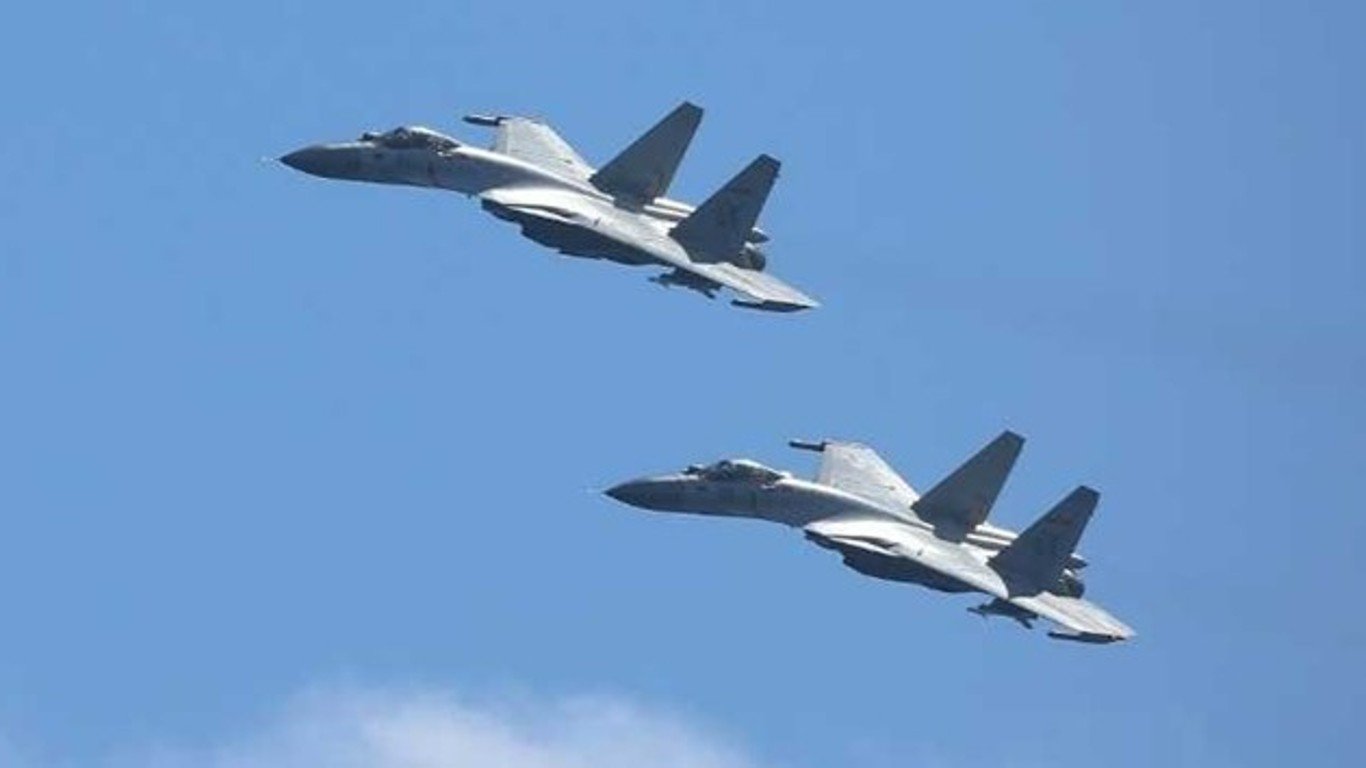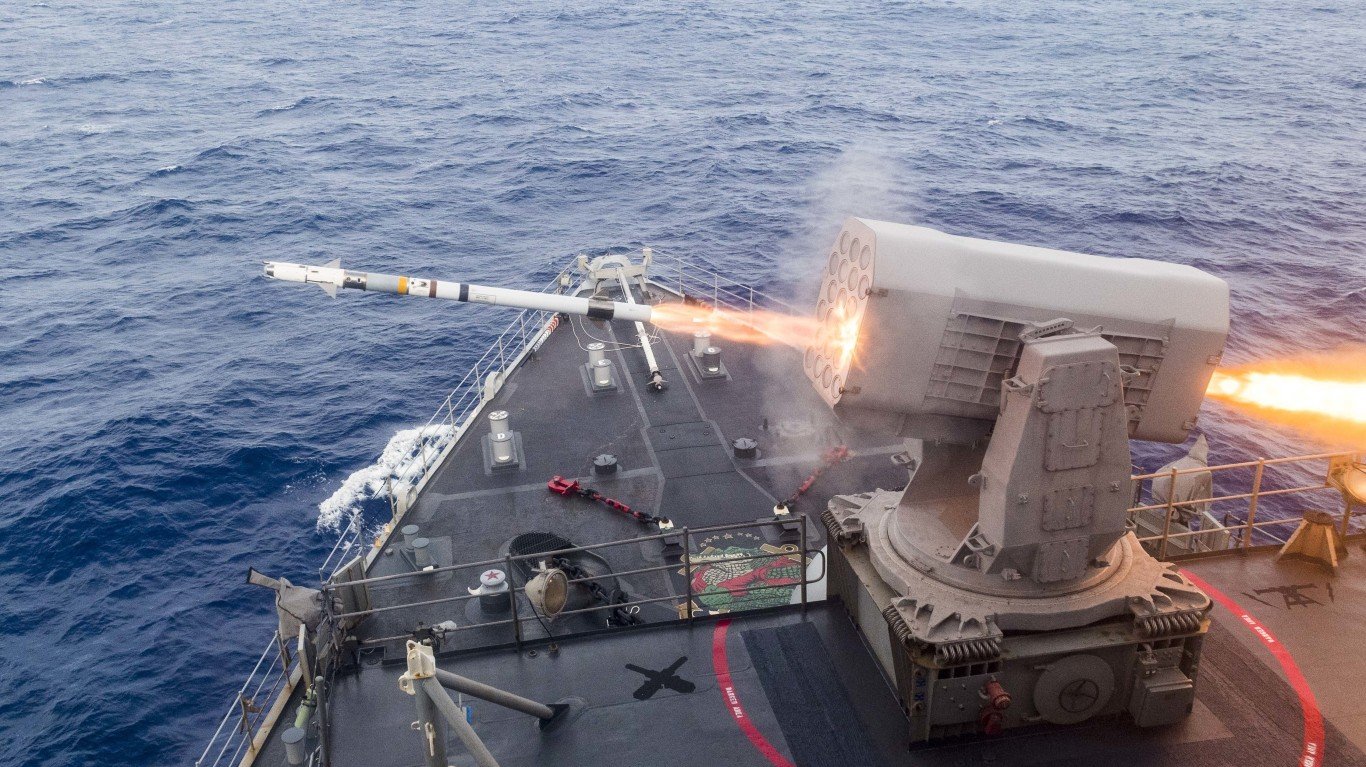

When nations are confronted with military threats and when diplomatic solutions are elusive, there are two primary military options. One is to be offensive, by overwhelming your enemy with violence and superior firepower. The other option is defensive, to be able to repel and defend the nation and its allies against outside acts of aggression. Missile defense is one of the many tools that a nation would use against acts of aggression. In the case of South Korea, North Korea and the United States, this is where the THAAD missile defense system comes into play.
There were numerous reports in recent days that the United States was going to test the THAAD missile defense system for conflict in North and South Korea. There has also been some controversy and clarification regarding which nation (United States and South Korea) would be for what part of THAAD. So, what is THAAD? What does it do? And how much does it cost? These are some of the questions that should be asked and understood by the public. After all, this is paid for by taxpayers.
THAAD stands for Terminal High Altitude Area Defense. Lockheed Martin Corp. (NYSE: LMT) is the primary contractor behind THAAD, but other defense firms, such as Boeing, Raytheon, Honeywell, Aerojet Rocketdyne and more are subcontractors on the multibillion-dollar system.
The “high altitude” includes inside the earth’s atmosphere or outside the earth’s atmosphere, and rather than exploding with its own it explosive device it uses kinetic energy to destroy the incoming missile via a direct hit. Lockheed itself refers to this as hit-to-kill, and it is designed to prevent a warhead inside the incoming missile from detonating. The THAAD system is also highly mobile as it uses truck-launched missiles, so it can be deployed into and out of target areas anywhere in the world rather than having to have installations built on the ground and then dismantled or destroyed.
THAAD missiles are not (at least yet) long-range interceptors. THAAD is intended to be a defense system against short, medium and intermediate ballistic missiles. Its missiles are projected to have a range of roughly 125 miles and are able to reach an altitude of about 93 miles, although, as with most advanced military systems, the actual numbers are classified. A THAAD-ER is being proposed — ER meaning extended range — to deal with newer threats.
The commonly reported cost in the media of $1 billion for the THAAD system is actually just the cost for the system in South Korea. The term “multibillion dollar” was already used, and purchasing on THAAD system has a slightly lower price than the $1 billion figure.
A single THAAD battery has four components: launchers (truck-mounted), interceptors (missiles), radar (AN/TPY-2, the largest air-transportable x-band radar in the world), and fire control (communications and data-management). Each THAAD system is made up of six or more mobile launch vehicles, and each vehicle carries eight missiles. There are two mobile tactical operations centers and a ground-based radar system.
While the system is under the U.S. Missile Defense Agency, the U.S. Army currently is planning to have at least six THAAD batteries at its disposal. The cost per battery is roughly $800 million per unit. As of 2017, the most recent 2018 Pentagon budget was proposing $7.9 billion for missile defense, which includes Lockheed Martin’s THAAD interceptors and Raytheon’s Patriot interceptors. Another $1.5 billion was proposed for 2018 spending on Ground-based Midcourse Defense for ICBMs (intercontinental ballistic missiles).
A recent figure from CNN noted that some $40 billion has been spent in total over the years on the THAAD system. That goes all the way back to its initial development and testing in the 1990s.
Competing systems for THAAD in use today are the Aegis Missile Defense system and Patriot missile batteries. Aegis is designed to shoot down medium-range and intermediate-range ballistic missiles from U.S. Navy ships out at sea. Patriot batteries are similar to the THAAD in their short ranges but they do carry explosive systems that can detonate and eliminate an incoming missile without the THAAD’s precision effort of hitting an incoming projectile directly with another.
The efforts of the United States to build defensive missile systems have not come without criticism. And not just over the cost of the systems. Both China and Russia have been critical of multiple U.S. defense missile efforts, including THAAD. Parts of this controversy and adversity now effectively span a period of six U.S. presidential terms. Russia was against the United States building a missile defense shield to destroy incoming ICBMs, and China is not a fan of the systems in South Korea because of the proximity to China itself.
While THAAD is a U.S.-designed system, the U.S. Armed Forces are not the only ones using it. Lockheed Martin received a $3.9 billion THAAD production contract to produce elements of the THAAD system for the Missile Defense Agency and the United Arab Emirates back in 2013. In 2011, Lockheed Martin received an undefinitized contract totaling $1.96 billion to produce the THAAD for the Missile Defense Agency and the United Arab Emirates.
As far as how the THAAD missile defense system will work or be used in South Korea to protect against North Korea launching any missiles, we are all going to have to wait and see. That test outcome may not be known for some time. At least we know what the systems are likely to cost and what the systems are actually designed to accomplish.
Sponsored: Attention Savvy Investors: Speak to 3 Financial Experts – FREE
Ever wanted an extra set of eyes on an investment you’re considering? Now you can speak with up to 3 financial experts in your area for FREE. By simply
clicking here you can begin to match with financial professionals who can help guide you through the financial decisions you’re making. And the best part? The first conversation with them is free.
Click here to match with up to 3 financial pros who would be excited to help you make financial decisions.
Thank you for reading! Have some feedback for us?
Contact the 24/7 Wall St. editorial team.


